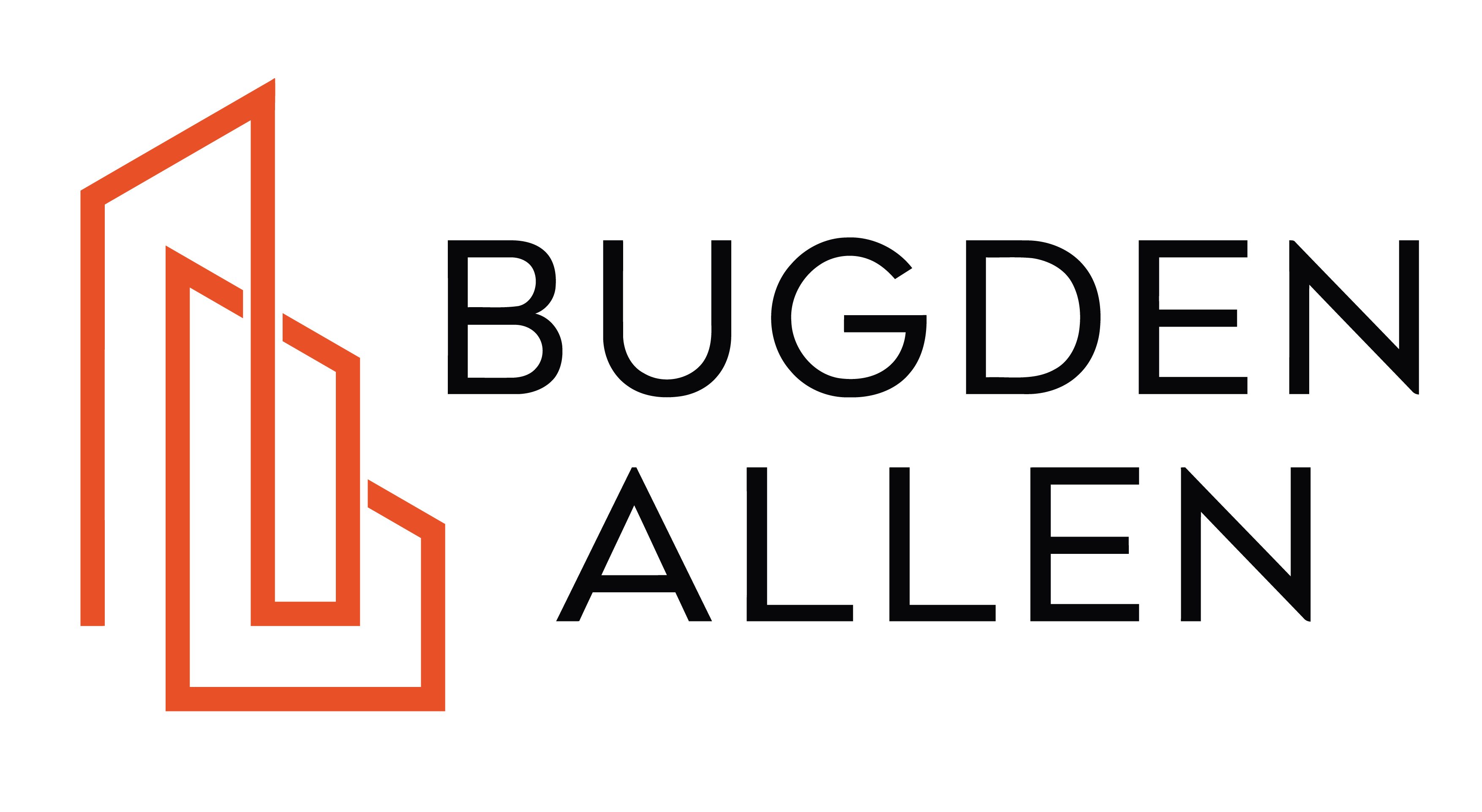The Building Legislation Amendment (Buyer Protections) Bill 2025 (Vic): A Step Towards Stronger Consumer Protection in the Building Sector
The Building Legislation Amendment (Buyer Protections) Bill 2025 (Vic) (BLA Bill) is a significant piece of legislation aimed at improving consumer protections in Victoria’s building sector.
The BLA Bill introduces a series of reforms designed to strengthen the regulatory framework governing domestic building work, address fragmented responsibilities, and provide better insurance coverage for consumers. It is proposed to amend several existing laws, including the Building Act 1993 (Vic), the Domestic Building Contracts Act 1995 (Vic) (DBCA) and the Subdivision Act 1988 (Vic).
Challenges in the Building and Construction Sector
The domestic building sector in Victoria has faced several persistent issues, despite the existence of legal frameworks such as the Building Act 1993 (Vic), the DBCA and the Subdivision Act 1988 (Vic). Some of the key challenges include:
- Fragmented Regulation: The legal framework is spread across various agencies and laws, leading to confusion for consumers. Responsibility for enforcement, dispute resolution, and domestic building insurance is divided among different bodies, including the Victorian Building Authority (VBA), Consumer Affairs Victoria, and the Victorian Managed Insurance Authority (VMIA). This fragmentation results in inefficient processes and delays in resolving issues for consumers.
- Defective or Incomplete Work: One of the most common issues is the presence of defective, incomplete, or non-compliant building work. Existing laws do not always provide quick remedies for consumers, and builders sometimes fail to rectify these issues, leading to increased costs for homeowners.
- Domestic Building Insurance Gaps: The DBCA provides a framework for domestic building contracts, but it does not always ensure adequate financial protection for consumers, particularly when builders fail to deliver quality work or go out of business. The existing last-resort insurance system has limitations, as it only applies in specific circumstances (e.g., if a builder dies, disappears, or becomes insolvent) with a current $300,000 limit for each single residential building. This leaves some homeowners without sufficient coverage.
- Domestic Building Warranty Insurance Exclusions: Widespread insurance exclusion requirements apply to mixed-use residential properties and buildings over three storeys. Without a comprehensive insurance scheme for larger apartment buildings, homeowners in these properties often have limited financial protection when serious defects are identified and the builder goes into administration or liquidation.
- Slow and Expensive Dispute Resolution: The process for resolving disputes between builders and homeowners can be lengthy and costly. While the DBCA allows for dispute resolution, the process often lacks efficiency and fails to provide an effective deterrent for non-compliant builders.
These issues have contributed to weakened consumer confidence in the building sector, highlighting the need for reform in the legal framework to better protect consumers and improve the efficiency of regulatory processes. The BLA Bill aims to address many of these issues, particularly by integrating regulatory functions, improving enforcement powers, and establishing a more robust insurance system.
Key Proposals and Reforms in the BLA Bill
The BLA Bill primarily focuses on domestic building reforms, including establishing a new Building and Plumbing Commission with expanded enforcement powers, requiring developer bonds for residential apartment buildings over three storeys, and revising the domestic building insurance scheme to allow owners to access insurance for defective building works more quickly.
A non-exhaustive list of the reforms proposed by the BLA Bill is as follows:
- Increased Remit of the VBA: Various domestic building regulatory functions are to be integrated under the VBA. This consolidation will create a ‘one-stop-shop’ for consumers, streamlining the resolution of building disputes. The VBA will take over the responsibility for overseeing domestic building insurance from the VMIA, have the authority to issue rectification orders for the rectification of incomplete or non-compliant works, and a new Statutory Insurance Scheme (SIS) will provide first-resort insurance for buildings up to three storeys.
- Developer Bond Scheme: the Bill introduces a developer bond scheme for apartment buildings over three storeys, requiring developers to secure a bond to cover potential defect rectification costs, strengthening financial protections for homebuyers. These reforms are part of a broader Building Reform Program aimed at addressing issues like cladding and other defective building practices.
- Amendments to Sale of Land Act 1962 (Vic): Vendors under off-the-plan contracts for lots in residential apartment buildings over three storeys are to be prevented from allowing a purchaser to take possession of a property if an occupancy permit has not been issued or if the developer has not complied with the SIS scheme. Additionally, details of any statutory insurance cover under section 137B of the Building Act 1993 (Vic) is to be disclosed.
- Amendments to the Subdivision Act 1988 (Vic): Landowners are to be prevented from applying for the registration of a plan of subdivision for residential apartment buildings over three storeys unless they have complied with the SIS scheme and/or other requirements under the Building Act 1993 (Vic).
The government has indicated that this BLA Bill is just the first step, with further legislative changes to follow.
Incorporation into Victorian Law
While a promising development in consumer protection, the BLA Bill has not formally been incorporated into Victorian law. This means that many of the key provisions promised by the BLA may be amended or ‘watered down’ before the BLA Bill is formally enacted.
Given the significant scope of reforms, including the integration of domestic building insurance into the VBA and the establishment of the SIS, it is likely that the full implementation of the BLA Bill will take time. The government may issue specific transitional arrangements and guidelines for industry stakeholders, such as builders, insurers, and developers, to ensure smooth implementation.
Conclusion
The BLA Bill represents a substantial step towards improving consumer protections in Victoria’s building industry. By consolidating regulatory responsibilities and providing stronger financial protections, the government aims to create a more efficient, transparent, and fair system for consumers dealing with building issues. The BLA Bill also marks the beginning of a wider reform effort, signalling significant changes to the state’s building regulatory landscape in the foreseeable future.
© Bugden Allen Group Legal Pty Ltd. This is general information only and not legal advice. You should not rely on this information without seeking legal advice tailored to your specific circumstances.




